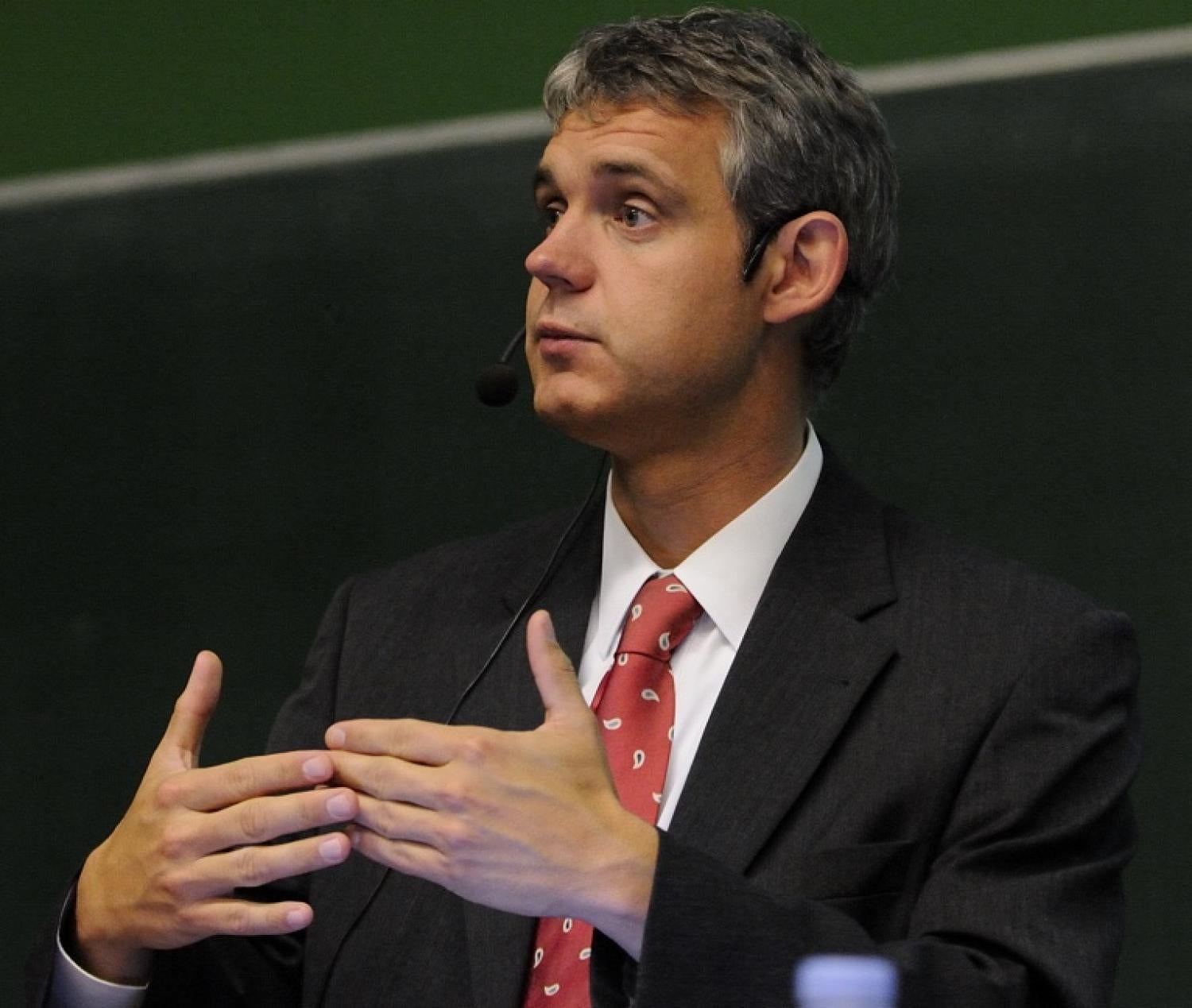Dr. Heino Falcke
- Low Frequency Radio Arrays
- RADBOUD UNIVERSITY
- NETHERLANDS

Afdeling Sterrenkunde
Radboud Universiteit Nijmegen
Faculteit NWI
Postbus 9010
6500 GL Nijmegen
The Netherlands
Heino Falcke is professor of astroparticle physics and radio astronomy at Radboud University, Nijmegen, The Netherlands. His main scientific focus is on studying black holes and ultra-high energy cosmic rays. In 2000 Falcke proposed to image the shadow of the black hole in the Galactic Center and is now part of the Event Horizon Telescope to make the first image of an event horizon using very long baseline interferometry at sub-milllimeter radio waves. He pioneered the study of cosmic rays using low-frequency radio antennas. Moreover, he was one of the lead scientists developing the Low Frequency Array (LOFAR) - currently the largest radio interferometer at the longest wavelengths and proposed to extend this technology into space and onto the moon. Currently, he is PI of the NCLE project, which is a powerful low-frequency radio receiver to conduct prototype measurements of the cosmic radio noise behind the moon, to be launched in 2018. Falcke is member of the Royal Netherlands Academy of Arts and Science and in 2011 received the Spinoza award, the highest scientific distinction of the Netherlands.

